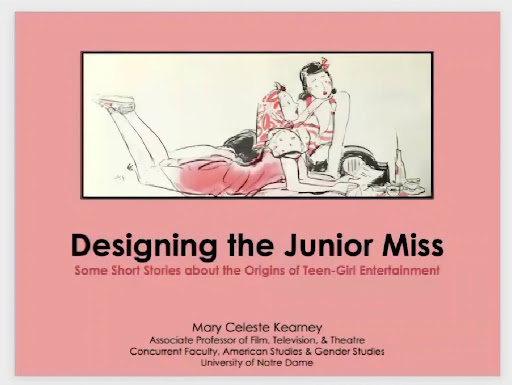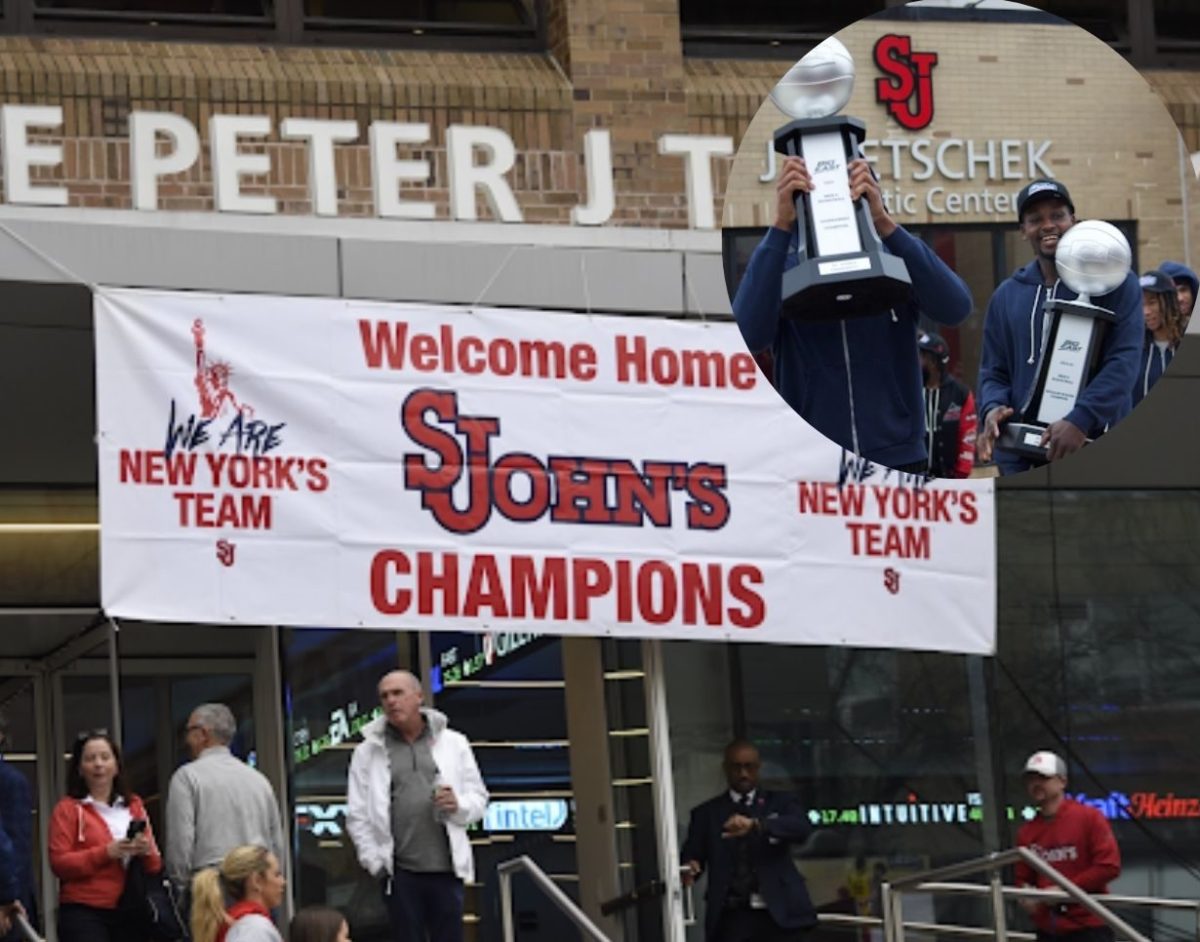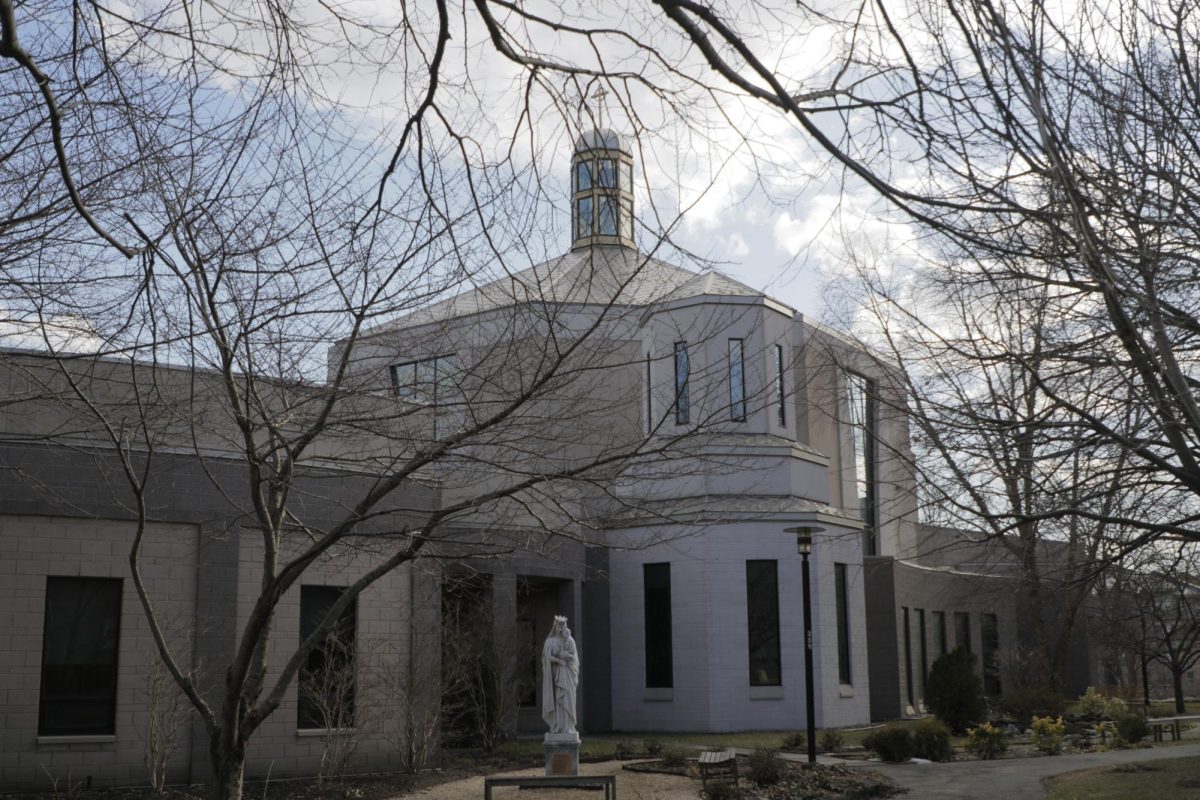
New York City officially declared a drought warning on Nov. 19, the first issued warning since 2002. It escalated from drought watch to warning in less than two weeks. Reservoir levels usually hovered around 79%, but levels were as low as 60% this past month.
While the city and neighboring region are seeing up to three inches of rain this week, it is still not enough to eliminate the dry conditions.
The drought came at a time when the Northeast was battling widespread wildfires, which made it harder for fire departments to contain them. Within the first two weeks of November, the Bronx saw 67 fires; 56 in Queens; 51 in Brooklyn; 24 in Manhattan and 17 in Staten Island.
Despite recent heavy rainfall, about 15 million New York State residents are living in areas where there are drought conditions. This year, the state recorded the 12th driest October since it began taking records in 1895.
Kristine John, assistant professor of the environmental studies program at St. John’s University spoke to The Torch about the situation. She explained that the region has faced a very dry fall season because of climate change, which produces either really heavy rainfall, or barely enough to contain reservoir levels.
She said that New York City needs to see at least 20% more rainfall this season to be rid of drought conditions, suggesting that institutions, including St. John’s University, home and building owners should wash roads and sidewalks less to conserve water.
Building owners should fix leaky faucets as soon as they are reported.
As a professor, she wants to make sure that students know what they can do throughout their routine to help the situation. “Students can take shorter showers” and when filling up their bottles at hallway fountains “only take the amount you need —don’t take excess.”
“Students can think of this as making a personal difference in the lives of those around them,” John said. “If these water reduction measures are not put in place, then it can lead to circumstances where we are all forced to make decisions on conserving water because it can become so scarce.”
She notices that a prominent gap to fill in water conservation on campus is in the bathrooms, where toilets sometimes flush when they don’t need to be.
“As a resident of New York, reducing our use of water is how we can contribute to the livelihood of our city.”
John also believes that city officials could have done more to improve conditions before they reached extreme levels.
In November, the mayor’s office announced that the city would halt the Delaware Aqueduct Project, and wash sanitation trucks and subway carts less often.
“Our city vehicles may look a bit dirtier, and our subways may look a bit dustier, but it’s what we have to do to delay or stave off a more serious drought emergency,” Mayor Eric Adams said in a Nov. 18 press conference.
John believes that local city agencies could have been better at communicating the issue.
“Making more announcements on social media, television and radio to encourage the population to reduce their use of water and incorporating water usage measures in the school curriculum,” she said. “If students are informed of the drought and ways they can reduce the use of water, then they can encourage even their parents and friends to do the same.”
She also believes that experts could have better-used technology in their favor.
“The summer was dry, which should [led officials to] expect that fall would have been dry too,” she said. “There should be more close monitoring of rainfall.”
“We can look at meteorological models that predict the weather to know when rain is coming. If based on these predictions, it shows that a lower amount of rainfall is expected, then this can inform the greater amount of broadcasting to reduce water usage.”
While the instilled burn ban has been lifted, water capacity, as of Dec. 9, is still at about 60% capacity.
For more conservation tips, click here.









